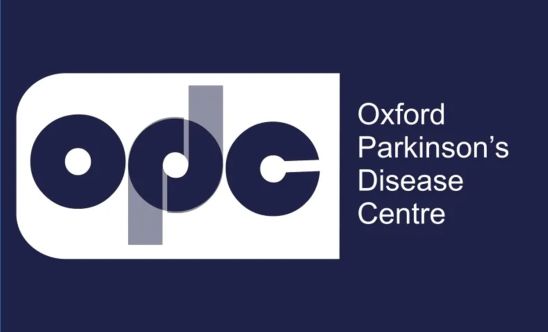Biomarker research
Cohort Profile: the OPDC Discovery study
04/18/2024

The OPDC Discovery study, which features in the EPND Catalogue, has generated a wealth of data to better understand how Parkinson's progresses in different ways in different people, which has the potential to provide valuable information to patients early during diagnosis. In this Cohort Profile, Michele Hu, co-Principal Investigator of OPDC Discovery and Professor of Clinical Neuroscience at the University of Oxford, explains the goals, design and findings of the study.
What are the goals of the OPDC Discovery study?
The OPDC (Oxford Parkinson’s Disease Centre) Discovery study is looking at how movement and cognition changes with normal ageing, through the transition to prodromal Parkinson’s disease, and the subsequent conversion to established Parkinson’s. We are interested in validating novel biomarkers to stratify, predict and measure Parkinson’s motor and cognitive progression.
What disease areas and stages are included, and how many participants are involved?
Our cohort includes 1033 people with Parkinson’s, and 283 people with sleep study-diagnosed REM sleep behavior disorder, which is linked to prodromal Parkinson’s disease. We have also recruited over 100 relatives of people with Parkinson’s, as well as 320 age-matched control participants.
What types of data and samples are being collected?
We use the most robust and accurate composite motor score to longitudinally track progression in cohort PD participants, comparing evidence of progression to that using MDS- UPDRS III. While in clinic the participants undertake several cognitive assessments such as MoCA scores and MDS-UPDRS III timed up and go, Perdue pegboard and Flaming tests. We collect basic demographics and medication information, and the participants also fill out a few questionnaires such as the Epworth sleeping scale.
In addition to these clinical data, we also collect biosamples including serum and DNA, with plasma, cerebrospinal fluid, peripheral blood mononuclear cells (PBMC’s), skin biopsy, induced pluripotent stem cells, MRI brain imaging scans, and DaT SPECT scans collected in a cohort subgroup.
What are some of your recent research findings from the OPDC Discovery study?
The Discovery cohort has provided us with an excellent opportunity to understand more about how Parkinson's develops over time, and how Parkinson’s affects different people in different ways. Key cohort findings include the major contribution of age to disease severity and the gender-related motor phenotype seen in Parkinson’s, the major impact of non-motor symptoms on driving poor quality of life, and the effect of concomitant RBD on motor and cognitive function in early Parkinson’s. We have also defined baseline predictors of cognitive impairment, motor complications, and impulse control disorders in Parkinson’s and RBD.
How can the EPND Catalogue advance neurodegeneration research?
The EPND Catalogue is a great resource to find information about other research cohorts across Europe! This will support networking and definitely has the potential to drive new research and data/sample collections, to advance research on PD and other neurodegenerative disorders.
Want to learn more? Follow OPDC on Facebook, or visit their website, here.